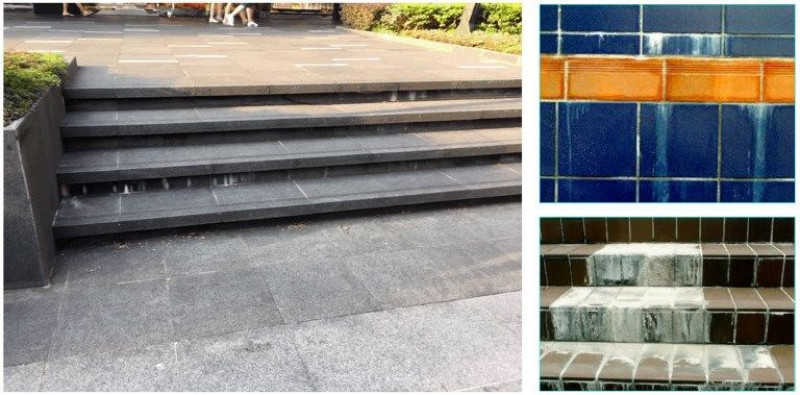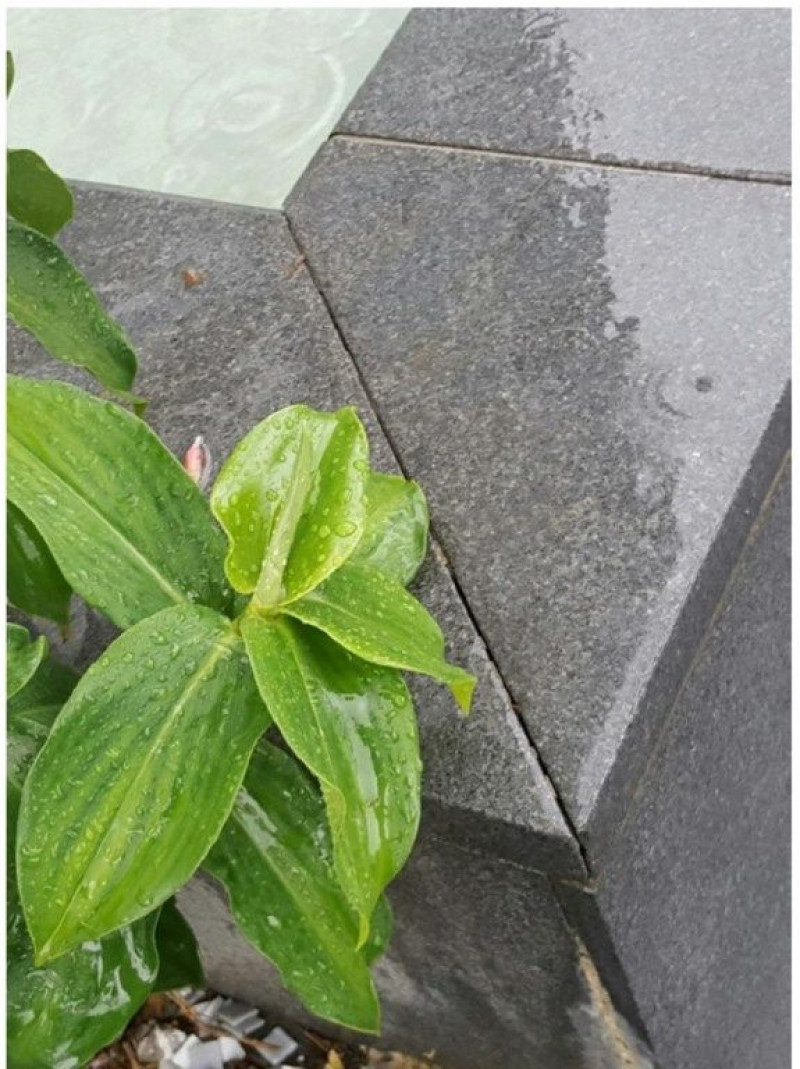-
Singapore
Copyright © 2025 Powered by BCI Media Group Pty Ltd
Confirm Submission
Are you sure want to adding all Products to your Library?
Contact Detail

Have you ever noticed white deposits on the wall and floor surfaces of your tile or stone installations? This white residue is the result of efflorescence. Efflorescence is a natural occurrence in Portland cement applications. All Portland-cement based products, which are present in render and screed mortars and most cementitious adhesives, will have this presence of calcium hydroxide crystals after the hydration process. Efflorescence usually arises from the percolation of water through the cement-based backing that leaches out soluble salts, which are then deposited on the surface through the joints. The leached lime, when exposed to the atmosphere, will react with carbon dioxide to form calcium hydroxide crystals. To put it simply, the presence of water, travelled through a water path in contact with the calcium salts present in cement-based products, is drawn out to the surface through the capillary pores of the cementitious tile grout. Once the water evaporates, it leaves behind a white residue. Efflorescence is harmless, but unsightly, and can occur on both vertical and horizontal surfaces.

A combination of three factors cause efflorescence:
Typical site conditions that can trigger efflorescence:

To totally eliminate efflorescence in the tiling system, tile/stone installations should be free of cementitious mortars. However, it is not always possible as cement-based products are normally needed for levelling beds (i.e. renders and screeds).
Hence, it would be better to eliminate any one of the above three conditions to prevent efflorescence. Let’s take a look at the preventive measures:
When efflorescence have already occurred, it would require repeated washing until the calcium salt is depleted.
Contact Mapei Singapore for your projects.
______
Founded in Milan since 1937, Mapei is today a world leading producer of adhesives and complementary products for the laying of all types of floor, wall and coating materials. Mapei’s specialty lies in products for ceramics and stone materials, among other product lines. Mapei’s tile adhesives are certified according to international standards and are SGBC certified in Singapore. Experience proven by numerous notable projects worldwide.
Related articles on Stone & Tile Adhesive installation:
Tips to overcome moisture mark stains on marble and granite floors
Factors affecting tile adhesion during tile installation



